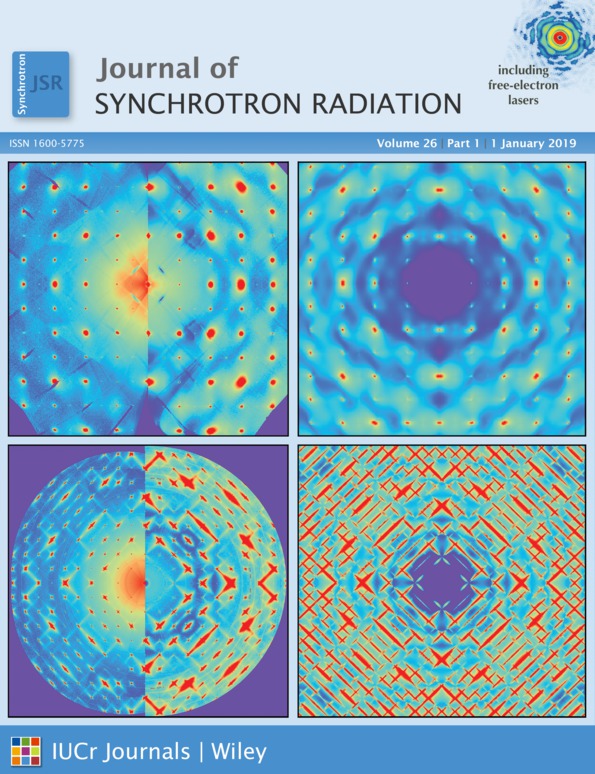Numerical analysis of brilliance and coherent photon flux of segmented undulator radiation based on statistical optics
Abstract
A method based on wave optics together with electron tracking is used to analyze synchrotron radiation from a segmented undulator in a double or multi mini-β function lattice storage ring. Radiation brilliance and transverse coherence features are investigated, where the former is calculated with the Wigner distribution function and the latter is evaluated by integrating the photon flux and cross-spectral density to exhibit the coherent flux and overall degree of coherence. To be specific, radiation properties for a single undulator in a typically single mini-β function and a tandem undulator in a double mini-βy lattice are compared in this work. As a result, both, brilliance and coherent flux can be enhanced by a second tandem undulator at the Taiwan Photon Source.




